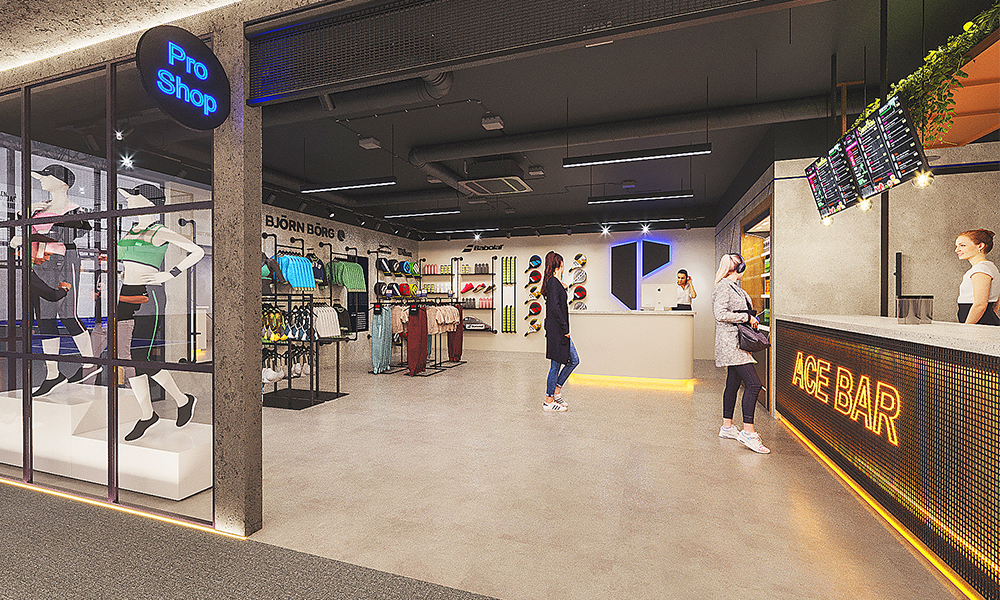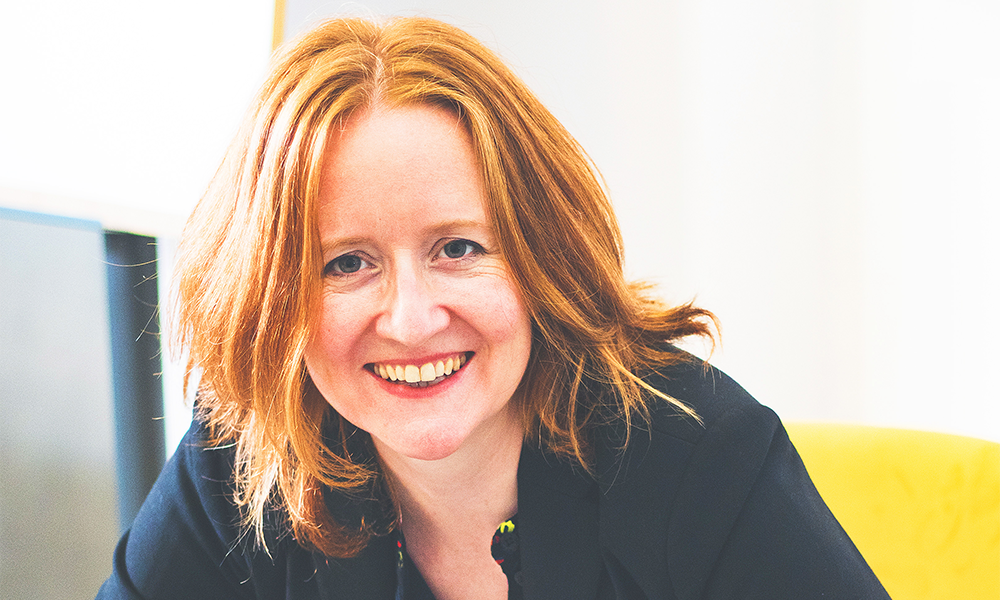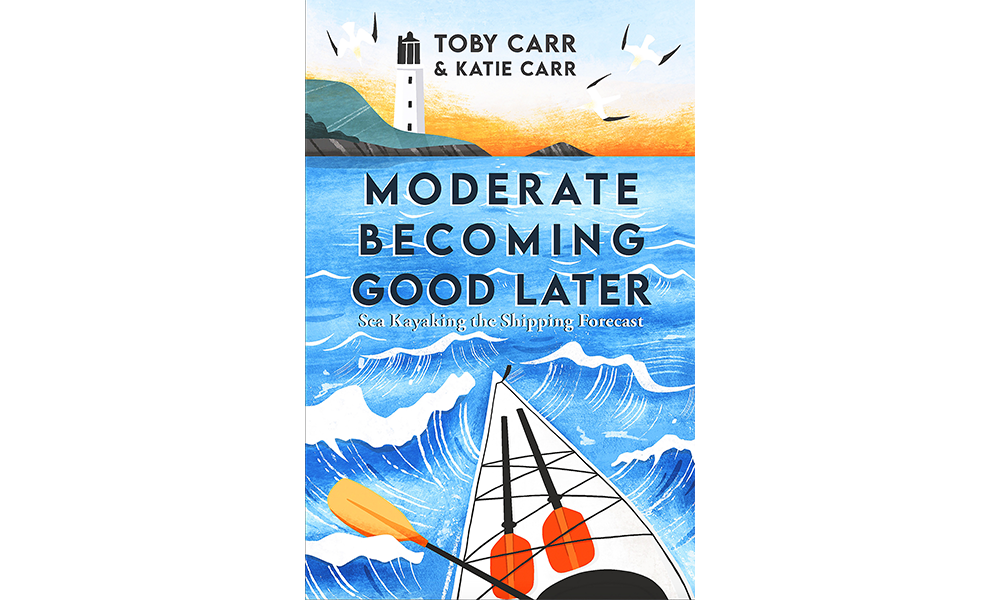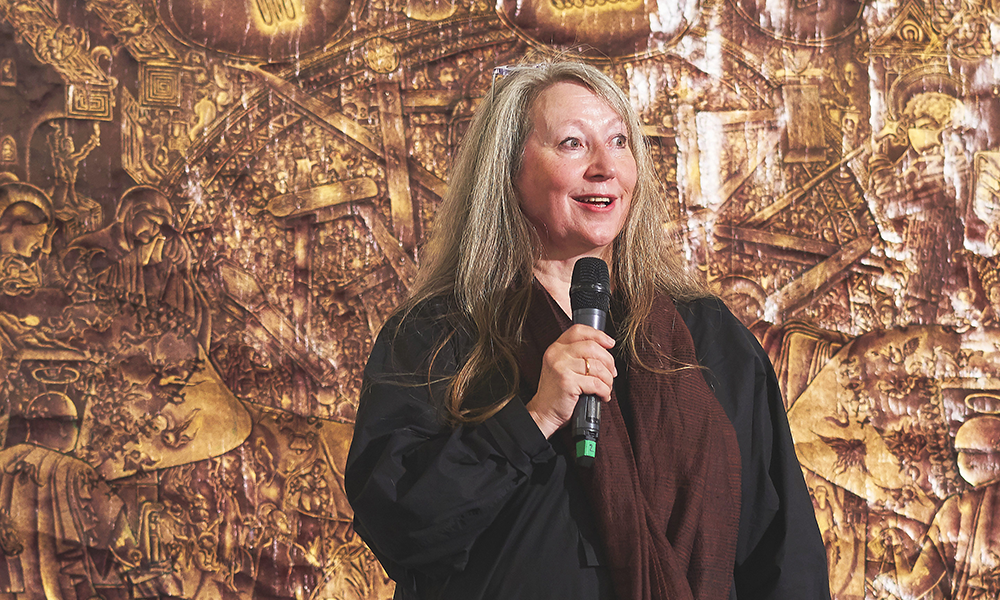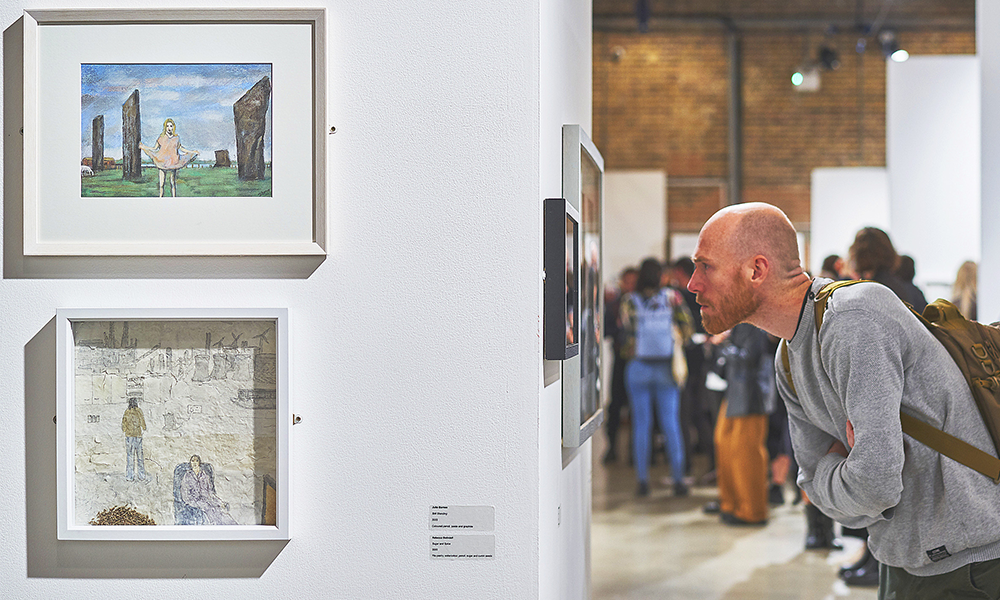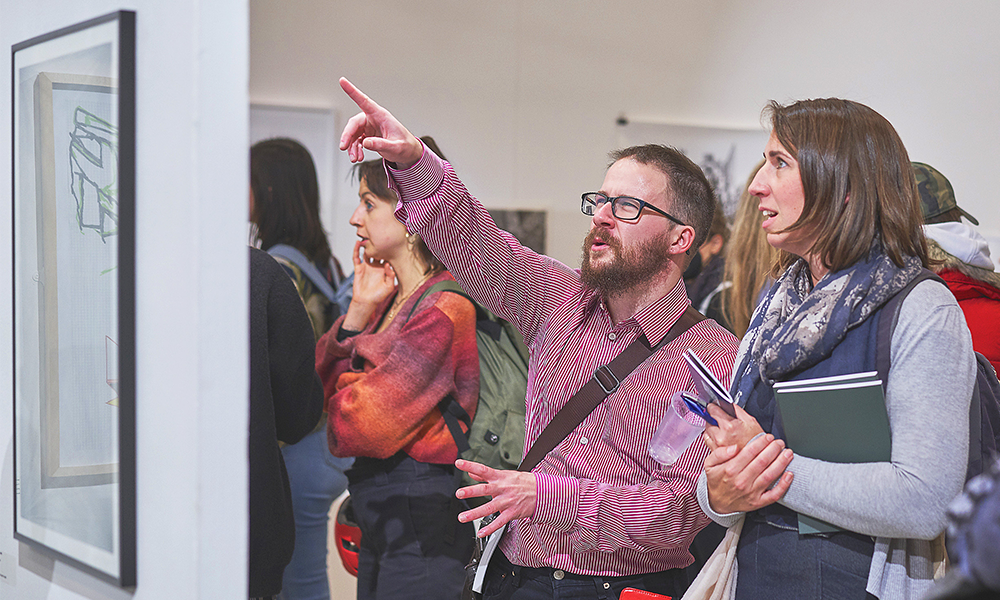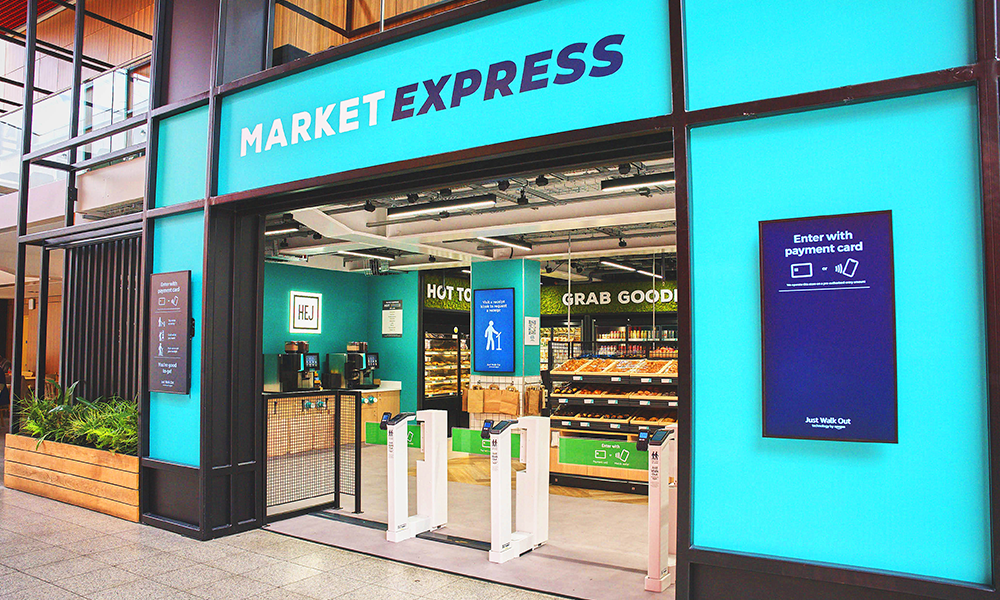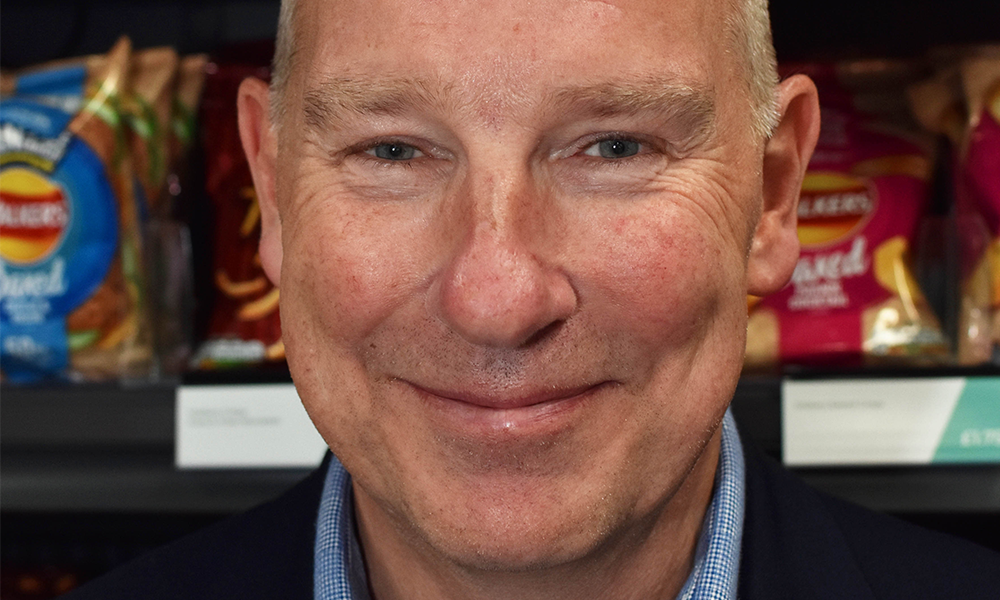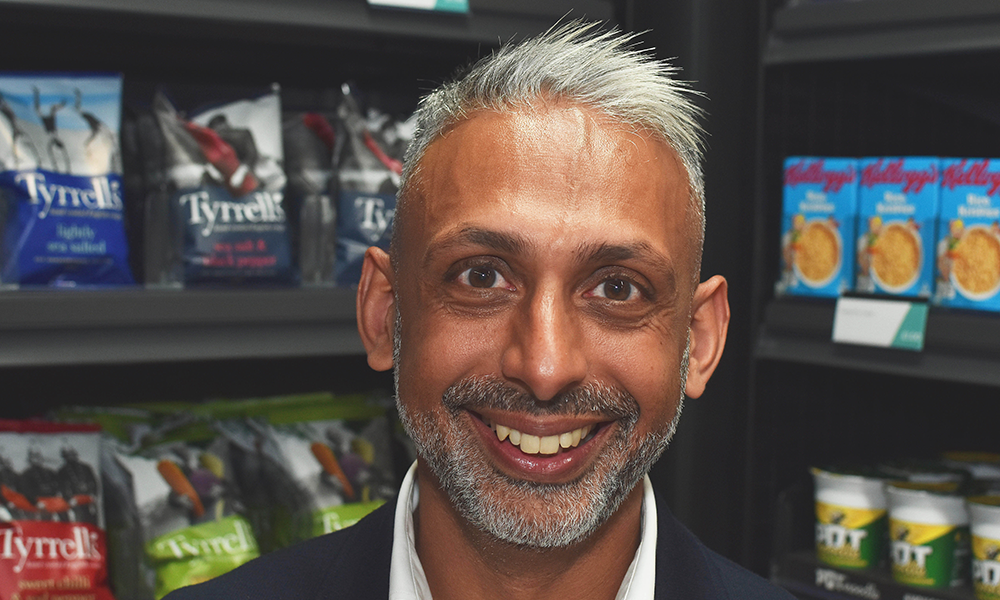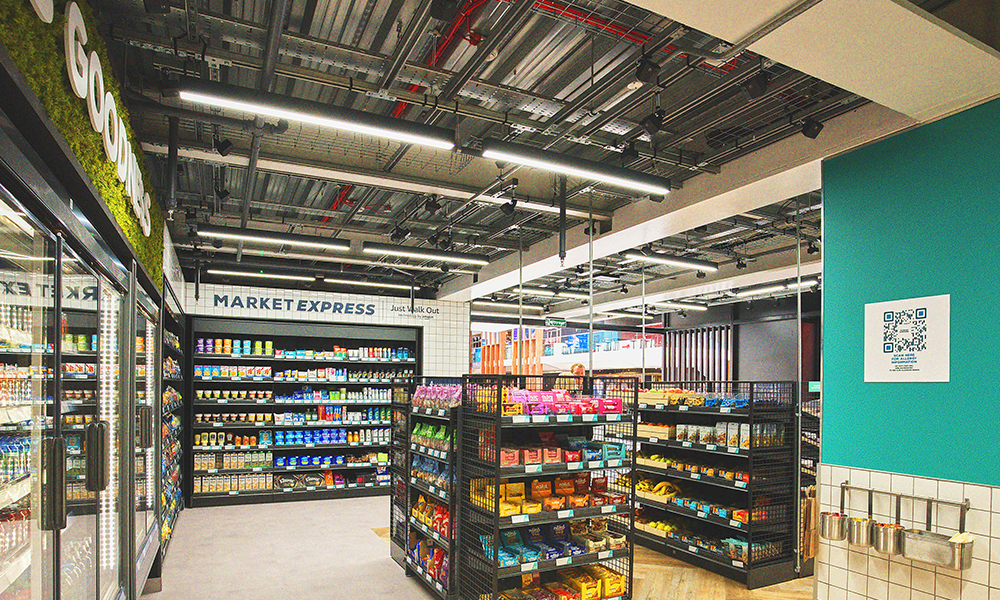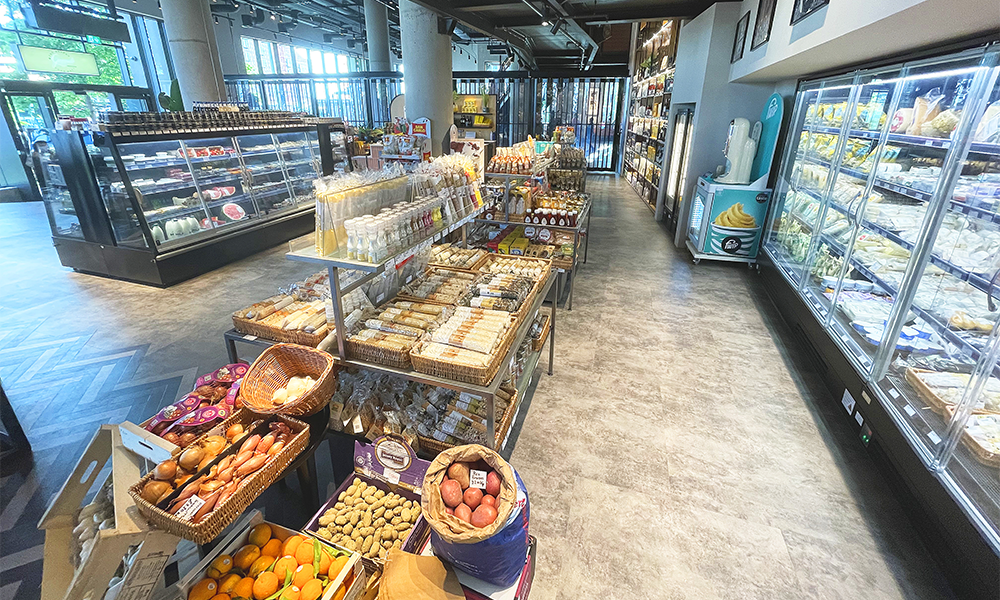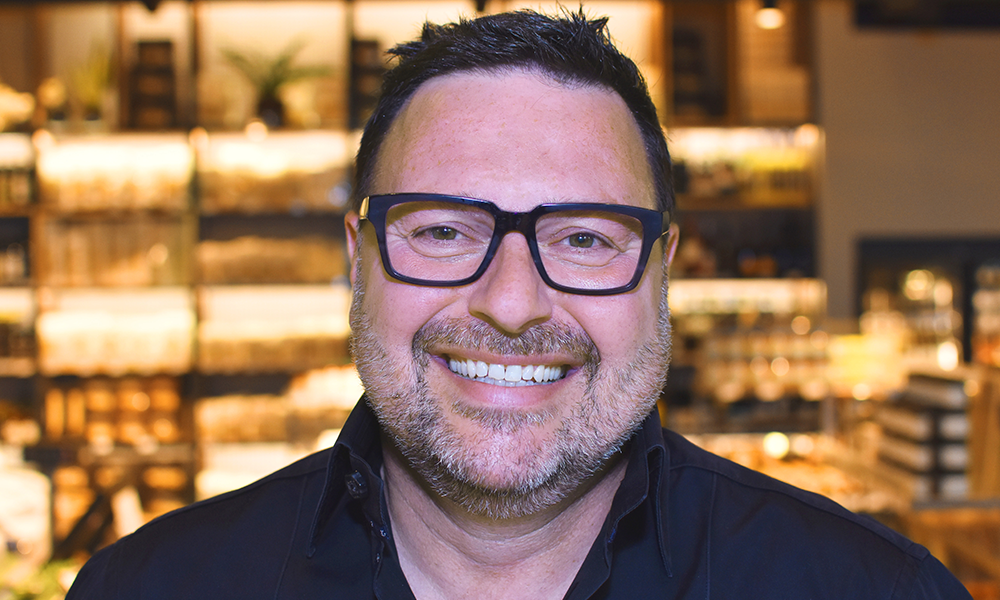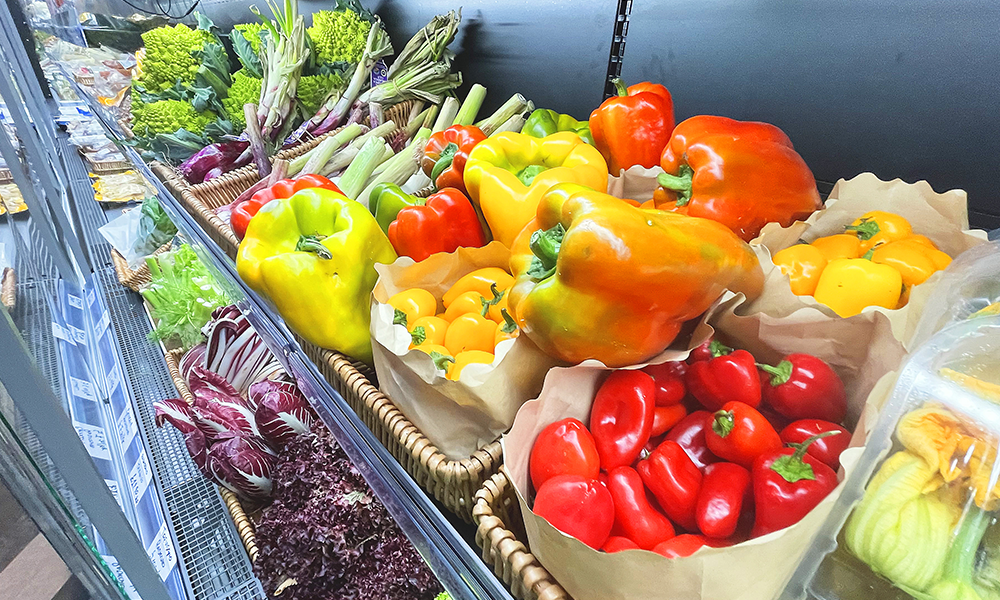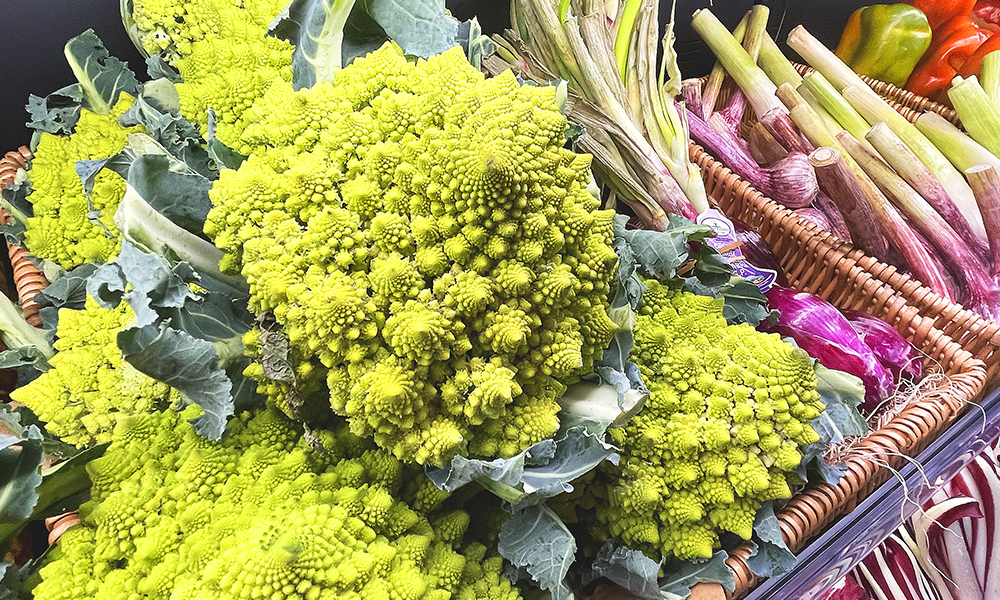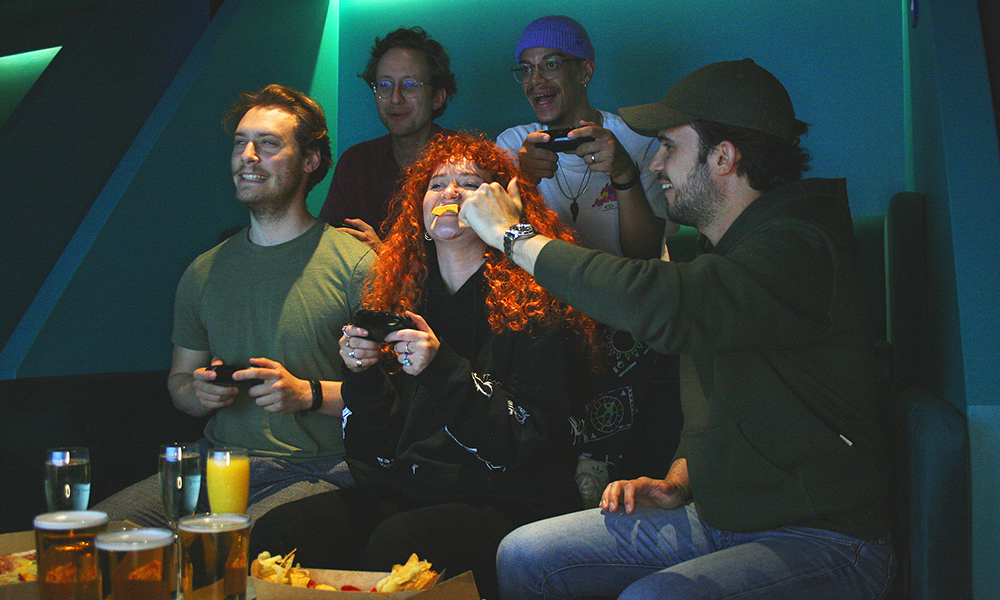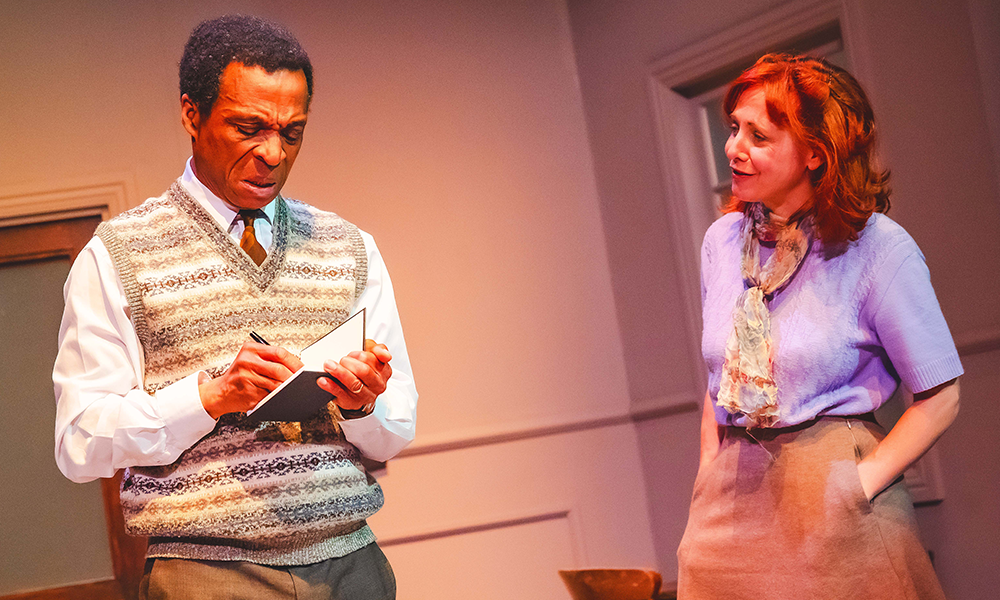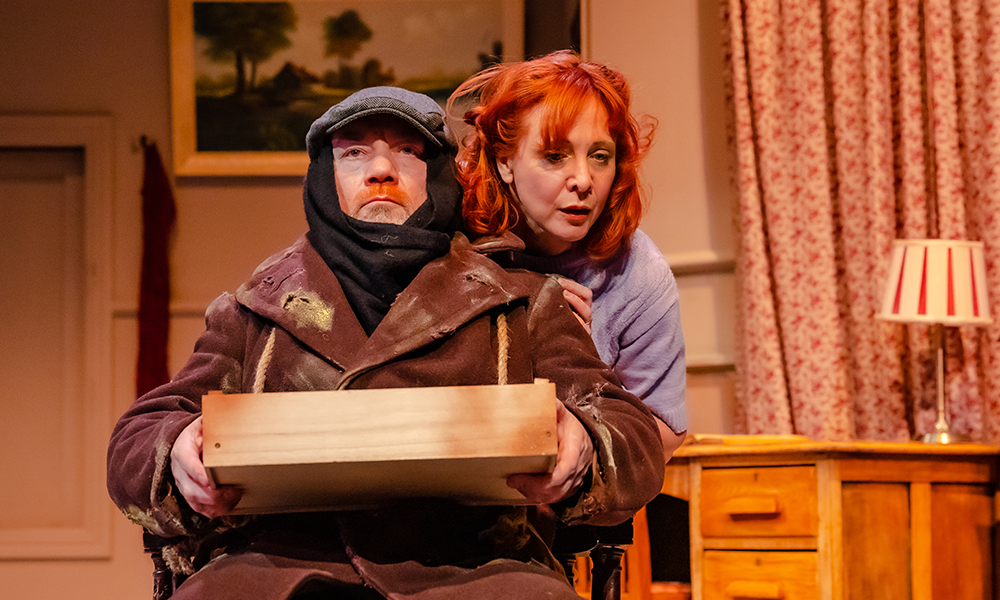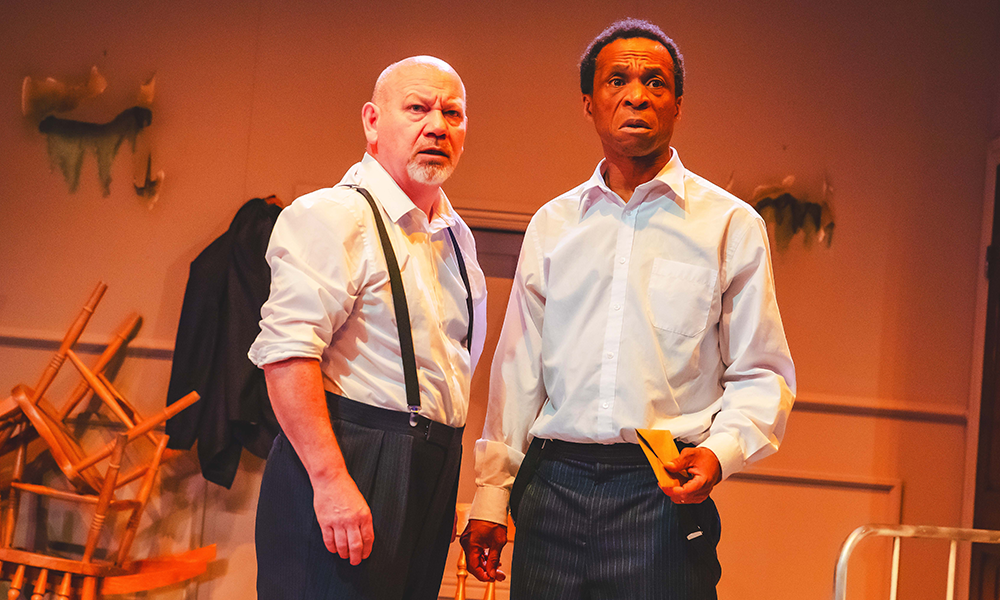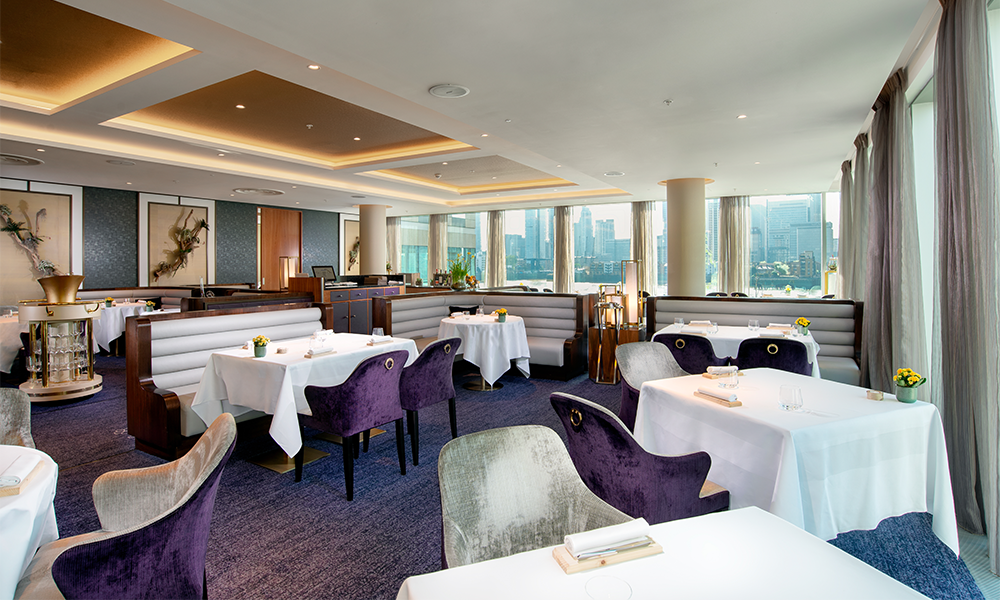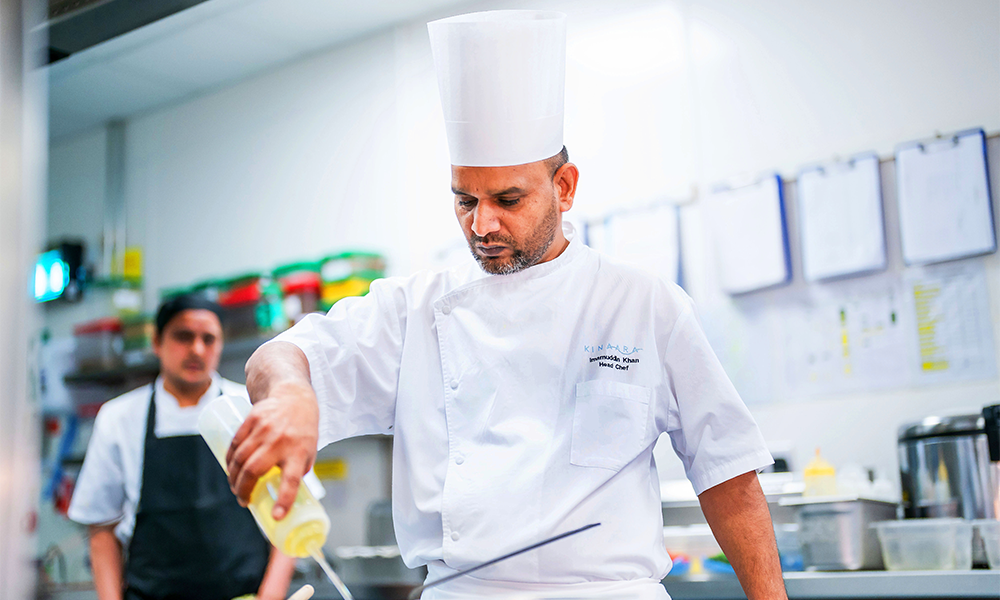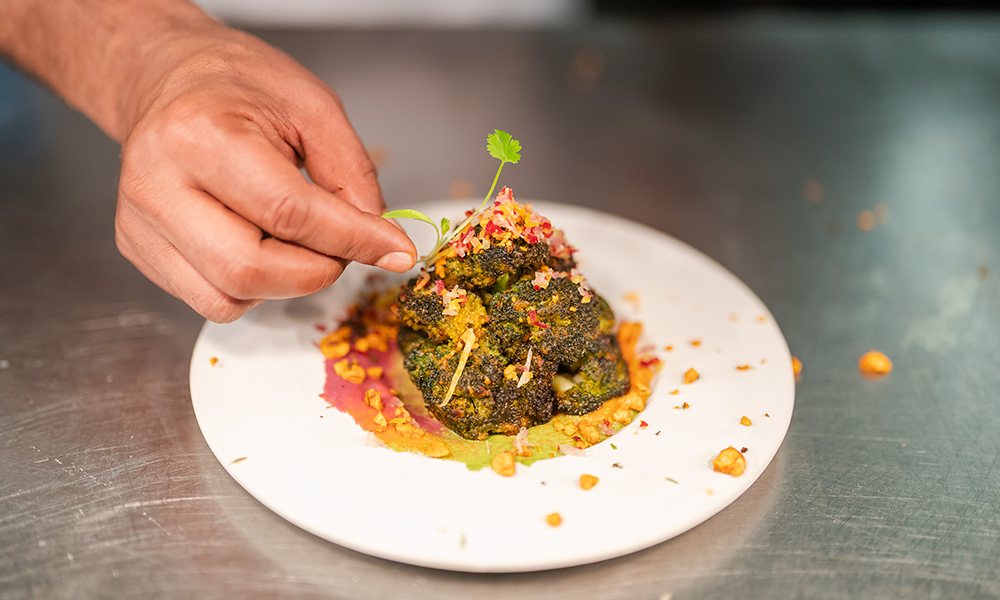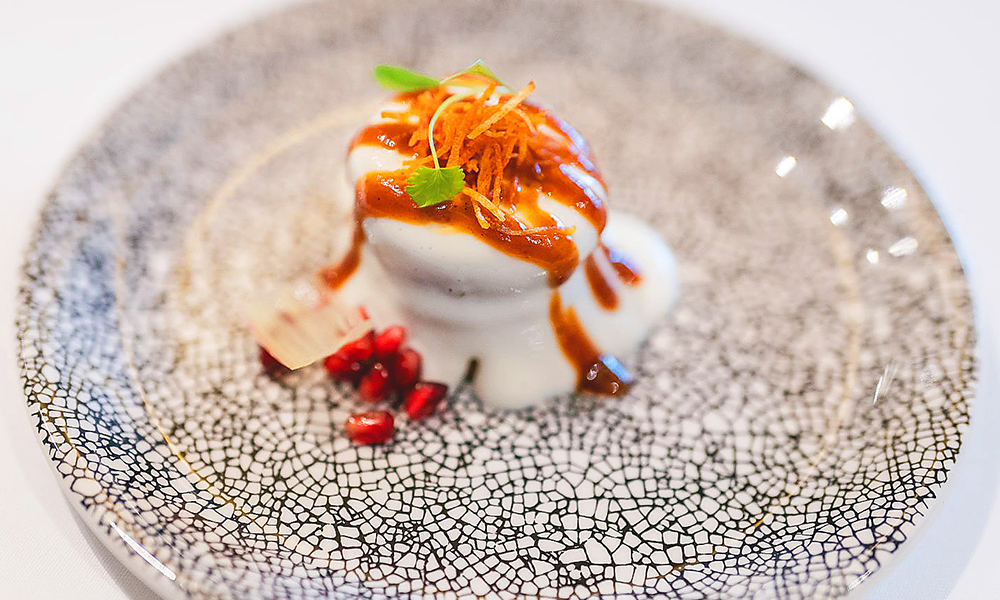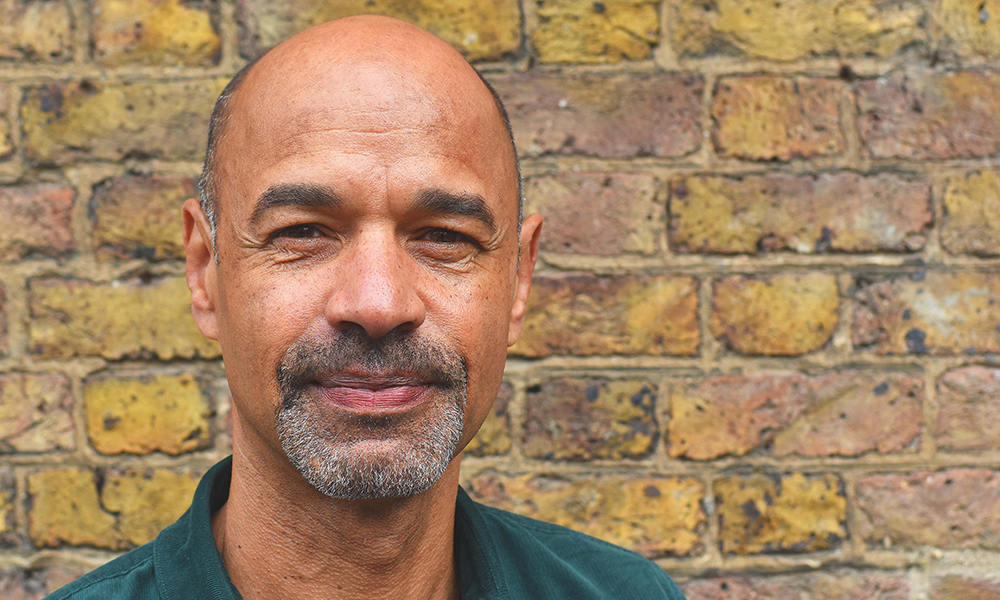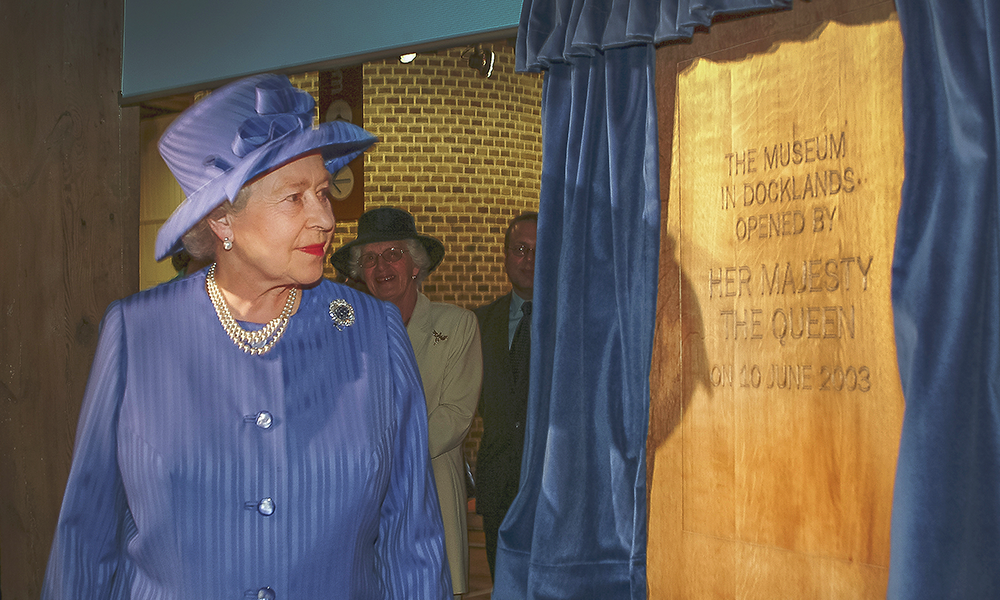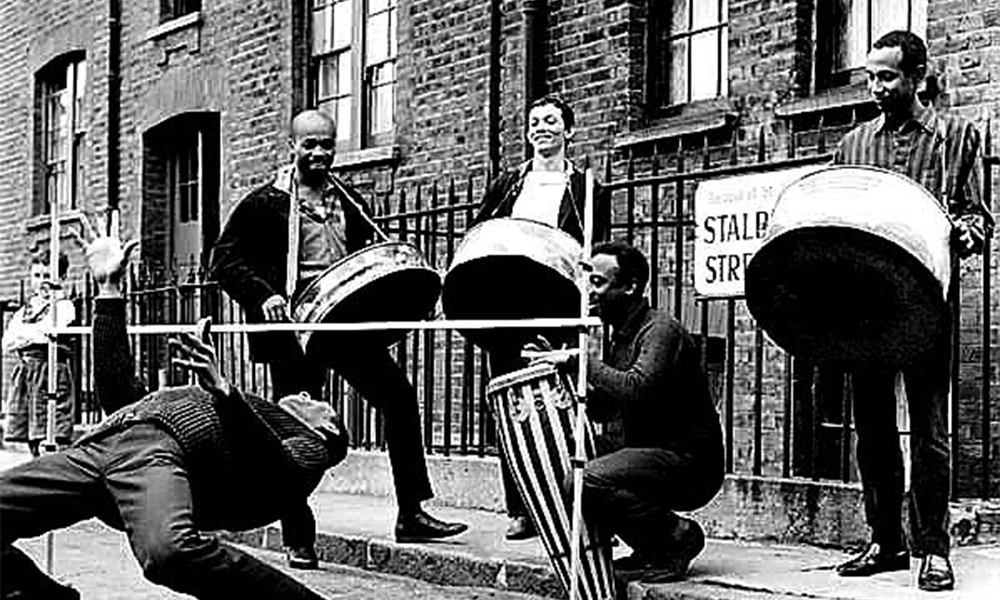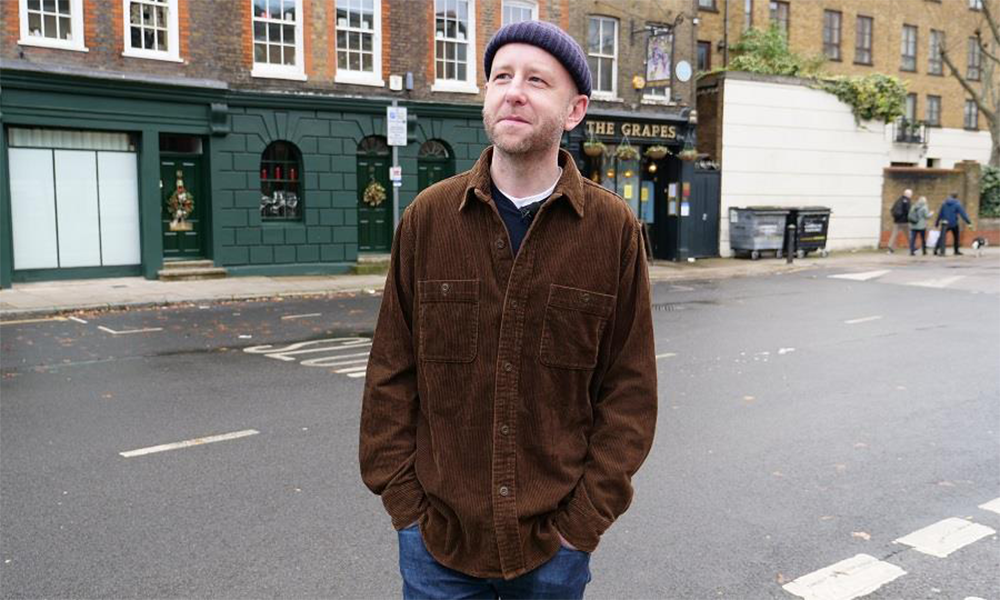Borough Market-based Mildreds offshoot expands to east London with zero waste Park Drive eatery
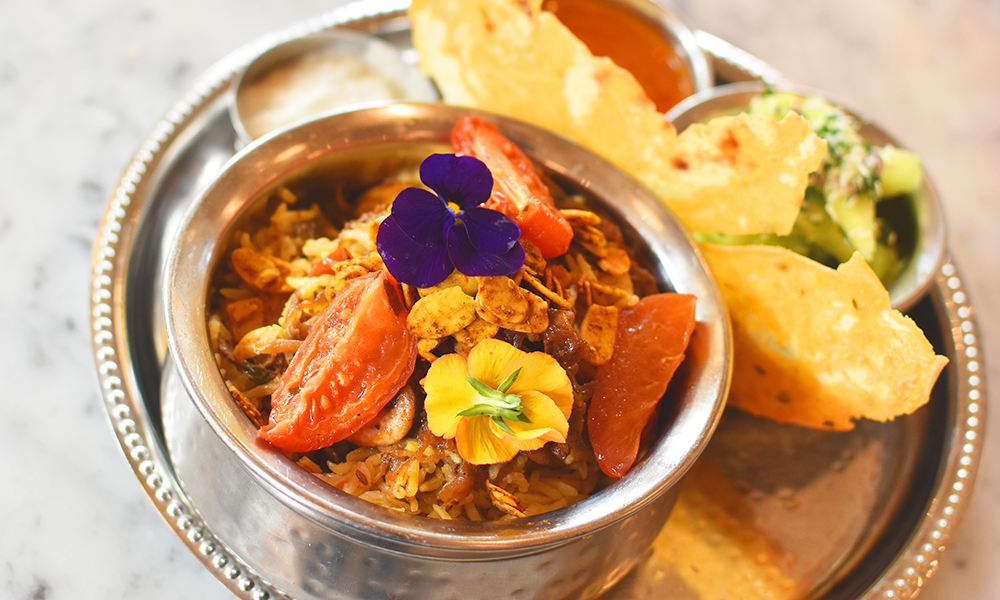
Subscribe to our Wharf Whispers newsletter here
“I want people to feel joyful, satisfied and surprised when they come to eat at Mallow,” said Sarah Wasserman.
“My favourite thing is when someone tells me they’ve brought a non-vegetarian person to the restaurant and that they couldn’t believe how much they enjoyed the food.”
As if Patty & Bun, Feels Like June, Dishoom, MMy, Hawksmoor and Emilia’s Crafted Pasta weren’t enough, Canary Wharf is set to get two new openings at Wood Wharf, just across the road from one another.
Roberto Costa’s Fish Game is coming at the end of the month, but it’s plant-based Mallow, which is taking bookings from Friday, June 26, 2023.
As head development chef for Mildreds restaurants, and its sustainability focused offshoot Mallow, it’s Sarah’s responsibility – alongside partner in crime Alessandra Malacarne – to create dishes that will feed and delight the growing brands’ guests.
“I started out as an art school kid and spent seven years studying at places like St Martin’s and Goldsmiths,” said Sarah.
“I realised during that time that I wasn’t going to make any money as an artist so I started working in food places.
“As a vegan, that included travelling round the States working in places where you grind your own flour and make your own hemp sandals – all of that stuff.
“I started out doing some shifts as a student when I was at the Royal Academy Schools and eventually became a manager in the original Mildreds restaurant.
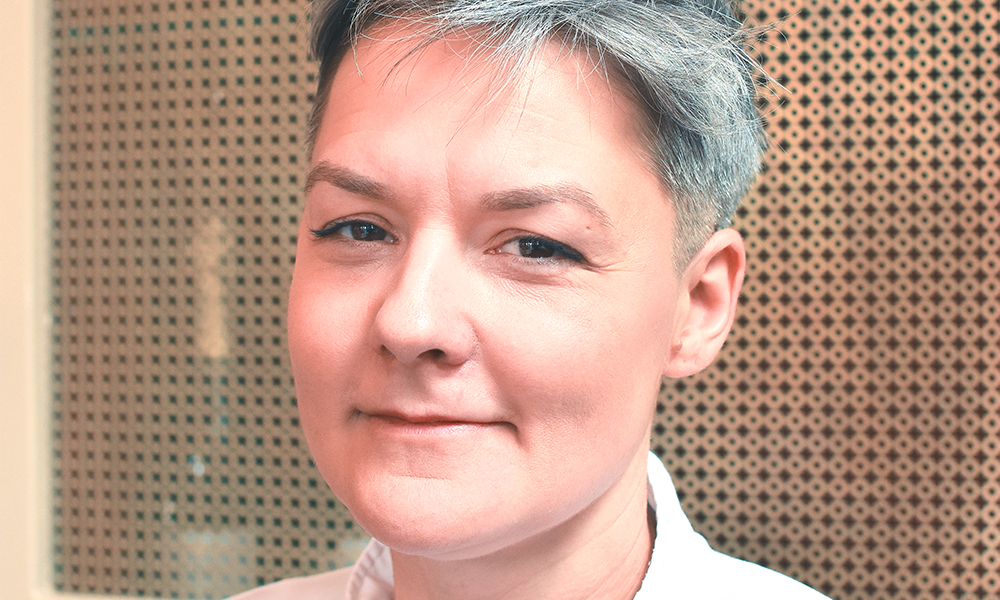
“After that I ran the salad bar, worked as head pastry chef and then as head of central kitchen.
“From there I co-authored three cook books and eventually became the development chef.
“Then I was allowed to bring in Ally to help me, so that officially makes me head of development for Mildreds and Mallow because there are two of us.
“I’ve worked there for 17 years now, on and off.”
For those who don’t know, Mildreds is a Soho institution, founded by Jane Muir and Diane Thomas in the late 1980s.
“They wanted to eat in a more compassionate, sustainable way but thought the whole vegetarian scene was so uncool, with wall hangings and things like that” said Sarah.
“They wanted to eat in a great, contemporary place that just happened to have good vegetarian food.
“That’s the vibe – and to this day, nothing goes on the menu unless it tastes great.
“I didn’t even know it was vegetarian when I walked in – this was back in the time when you could just turn up with your CV and get a job – it just looked like a cool little place.
“All the big production houses and music offices were there, so lots of people from those places would come and it was pretty cool to just pop in.”

As time has passed, Mildreds has expanded to five locations in the capital and in 2021 decided to try something new.
It opened Mallow in a fine red brick building right across the road from Southwark Cathedral, right on the edge of the hustle and bustle of Borough Market.
It’s this brand that is set to arrive in Canary Wharf this month – but what is it?
“When the original site in Southwark became available, we knew it had to be something special,” said Sarah.
“Borough Market is where all the fruit and veg for London would have been coming and the basement of the building we have has been used as the banana store for the whole city.
“With Mildreds we already had something plant-based and internationally inspired and with Mallow we were really trying to expand on the potential of its location and the nearby suppliers – to do that with as little waste as possible.
“We took the name because it’s a plant you can use from the root to the leaves. Marshmallows also get their name from it because when you cook down the root you get a gelatinous substance that, before gelatin, was used to set jellies and sweets.
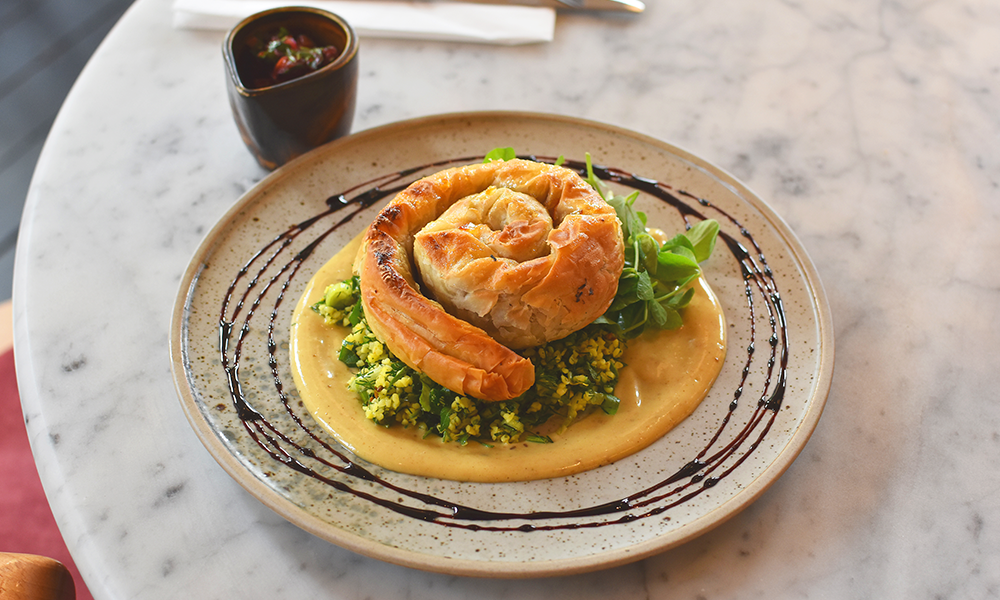
“That’s a tradition that had been lost and I think it’s great to bring back a seasonal ingredient like this.
“It’s a tweak we apply to everything – we try to use as much as possible of the produce we’re working with in the most interesting way we can.”
The plan with Mallow has always been to simply take seasonal produce and then create something fun and delicious with it, while also operating as close to zero waste as is practical.
Visitors to the forthcoming Wood Wharf venue can expect more of the same, with an expanded menu and the odd special event drawing inspiration from across the globe.
Working tirelessly alongside Sarah in that mission is fellow development chef Alessandra.
“Originally I wanted to be a doctor, but cooking has always been my passion,” she said. “I would always relax by cooking for myself.
“I was living in Pisa and looking for a job to make some money to get an apartment and that’s when I started in hospitality.
“It was everything I like – the food and the kitchen. I realised I didn’t want to live with my head in a book.
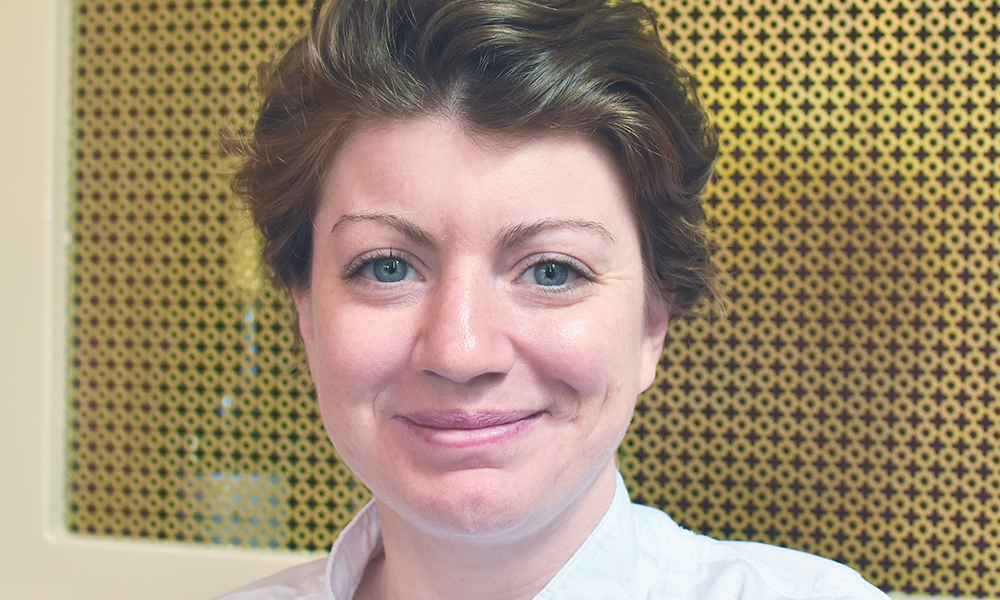
“I had no experience so I worked my way up – learning from a Michelin-starred chef. In one hotel I worked my way up from cleaning fridges.
“I’d never really felt at home in Italy but I loved London – I’d always dreamed about moving here.
“My best friend shared that dream and so we did it.
“After a couple of years working in restaurants I joined Mildreds because I wanted to be vegan.
“The thing for Mallow’s menu is that we don’t just stick with something we already know, we always like to change it up and that can be quite a challenge.
“We like to go from country to country and pull things together.”
“We have quite a bit of fun with it,” added Sarah.
“We’re pretty irreverent – Mallow is much more fusion than Mildreds, more playful.
“For example we’ll be doing marinaded corn ribs cut through the centre so when you bite them they’re really juicy and flavourful.
“What we want is a good balance of international influences so there’s a nice flow of flavours from different places.
“There’s a nice sort of symmetry to the new site because the first restaurant is where much of the fruit and veg in London was sold.
“The docks would have been where it was coming into the city.
“As the first purely plant-based restaurant in Wood Wharf, we’re appropriate, because today Canary Wharf has a huge amount of people from all over the world working and living there and we try to cater for a very diverse range of tastes.
“Mallow in Wood Wharf will also feature some new dishes, an expanded wine list and some new cocktails. “
Mallow is located in Wood Wharf’s 12 Park Drive and is set to open at 8am on weekdays and at 9am on weekends.
You can find out more here.
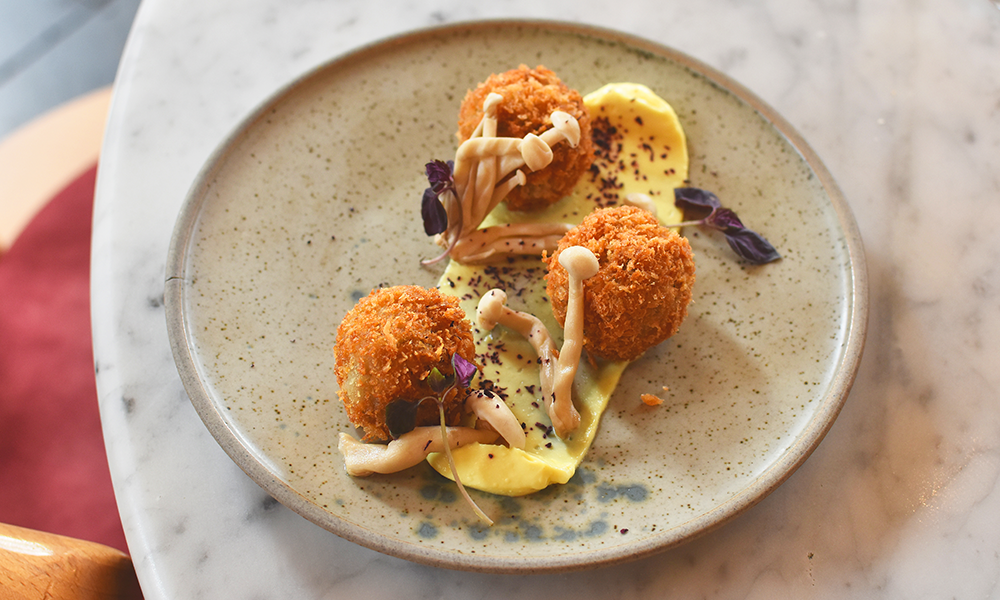
Read more: How Padium is set to bring padel tennis to Canary Wharf’s Bank Street
Read Wharf Life’s e-edition here
Subscribe to our Wharf Whispers newsletter here
- Jon Massey is co-founder and editorial director of Wharf Life and writes about a wide range of subjects in Canary Wharf, Docklands and east London - contact via jon.massey@wharf-life.com










